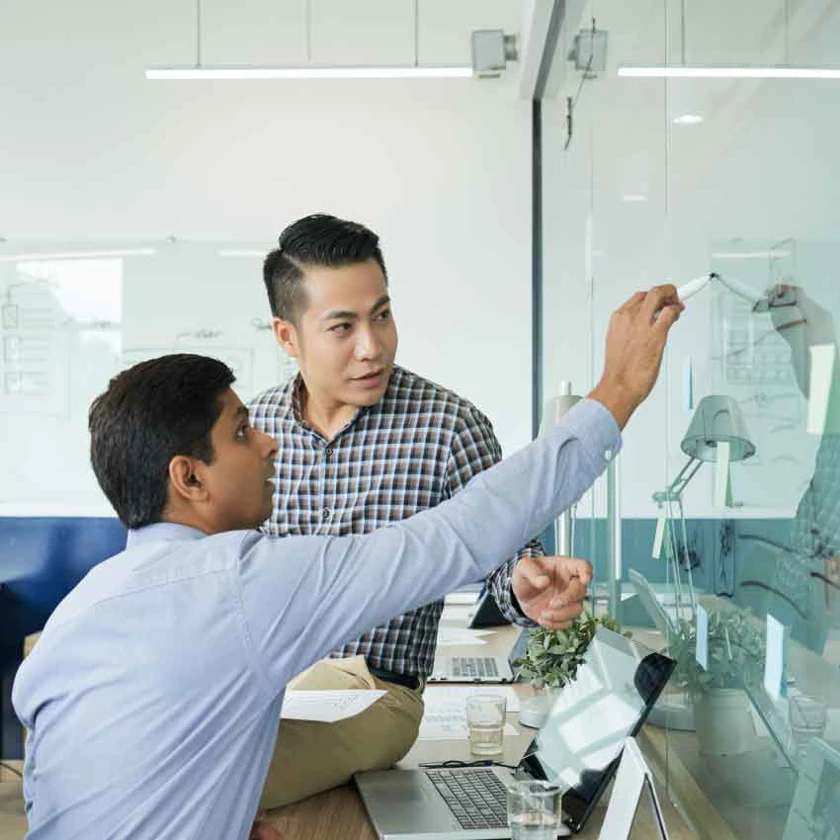Kamudi Panvaalkar
You may have heard of Solution Design and wondered what it is, what makes a good solution design, and if it is a worthy investment for your upcoming project. Today we discuss how adding Solution Design, and a Solution Designer, is one of the easiest ways to keep your project on time and on budget.
What is Solution Design – IT Blueprint for Project Success
Any product built or developed follows a few phases – plan, design, analysis, develop, test, and implement – before it is available in the market, whether it is a physical product or a software system. The same way as the building doesn’t get developed overnight but first, an architect needs to create a blueprint; only then a building can be built following the code. Similarly, a solution designer creates a blueprint of any reasonably complex IT system. The system design not only defines the features and requirements of a solution but also benefits various aspects of an organization.

The design:
- Facilitates communication with different stakeholders right from customers to management.
- Assists in defining business goals or a roadmap of change
- Propose technologies that can be used from maintainability, sustainability point of view
- Meet non-functional requirements like maintainability, scalability, ease of monitoring, etc.
- Provides a solution on how a new application can integrate with legacy apps to easily blend in with the existing enterprise ecosystem
- Provides a visual representation of a business solution that can outline how a company can minimize time and cost
How Solution Designers Help
At Levio, Solution Designers are involved right from the beginning of the project to build the project framework. Depending on the stage of the project, i.e. enhancement or starting new, activity is broken down to different levels, artifacts are created at each level that can be used by different stakeholders.
A Solution Designer works with different stakeholders to receive end-user requirements, and to communicate changes required he/she identifies based on the elicited requirements:
- Technical and architectural changes required
- Impacts on the interconnected system(s) are identified and noted in functional and non-functional specifications
- Process flows
- Etc.
The design is reviewed with different stakeholders to assess if it addresses the business problem. The feedback is incorporated, and final approval is sought from the stakeholders. It is then communicated to the technical team by breaking it (the design) down into functional/non-functional requirements or stories or tasks and assigned to the implementation team.
The Solution Designer’s role doesn’t end here, they continue to work with the implementation team to address technical queries and make sure the implementation follows the design.
The importance given to the design phase determines whether a software application gets implemented in an expedient way and meets the organization’s business goals.
Measure Twice, Cut Once - Start Your Project on the Right Foot
Developing a product or system requires a huge number of resources from team members, time, to money. Spending time and money in project pre-production by hiring a Solution Designer protects your investment long-term. Levio has the expertise required for every step of your project from planning to implementation.

